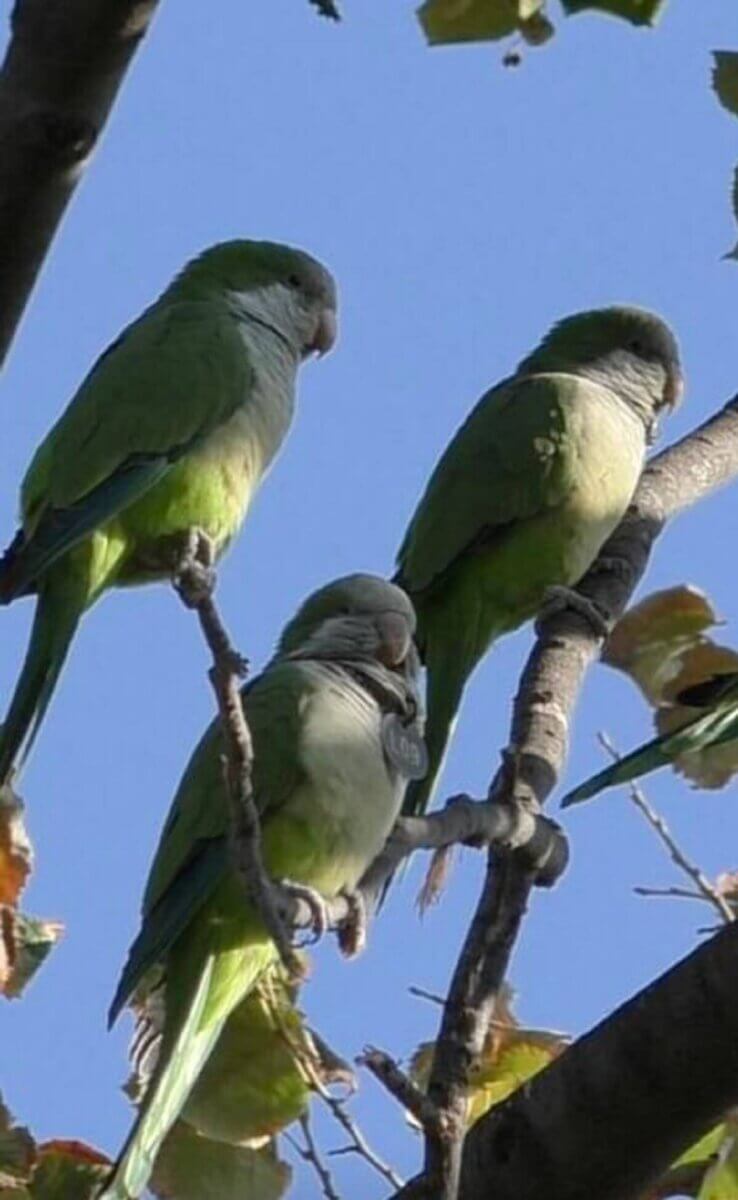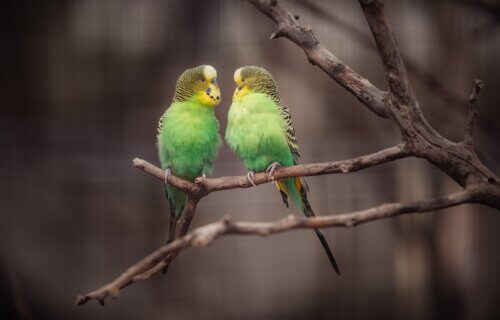MUNICH, Germany — Parrots, renowned for their mimicry, not only have the ability to imitate human speech and various sounds but they also possess unique voices of their own, according to a new study. A collaborative study between the Max Planck Institute of Animal Behavior in Germany and the Museu de Ciències Naturals de Barcelona observed monk parakeets and identified that each parrot has a distinct vocal tone or “voice print” — just like the humans they love to copy.
This discovery among wild parrots points to the possibility of similar voice prints in other species known for their vocal adaptabilities, such as dolphins and bats.
“It makes sense for monk parakeets to have an underlying voice print,” says Simeon Smeele, the study’s leading doctoral student, in a media release. “It’s an elegant solution for a bird that dynamically changes its calls but still needs to be known in a very noisy flock.”
Just as humans can produce intricate sounds making them identifiable by voice alone due to their unique signatures, certain animals like birds, bats, and dolphins have distinct “signature calls” that set them apart within their groups. Until now, little evidence supported the idea of animals having distinctive signatures embedded in every sound they make.
“There could be tens of birds vocalizing at the same time. They need a way of keeping track of which individual is making what sound,” Smeele says.

Curious about the potential existence of voice prints in parrots, Smeele traveled to Barcelona, home to the largest documented population of wild parakeets. These parakeets, considered invasive, populate the city parks in vast numbers. For two decades, a program led by the Museu de Ciències Naturals de Barcelona has tagged these birds, marking over 3,000 parakeets. This extensive identification aided Smeele’s study on individual voice differentiation.
Utilizing specialized microphones, the researchers recorded calls from hundreds of these birds, accumulating over 5,000 vocal samples. This extensive research, spanning two years, revealed the consistency of these calls over time.
Surprisingly, there was a significant variability in the parakeets’ “contact call,” which they use to establish their identity. This challenged the longstanding belief that contact calls maintained a consistent individual signal. The researchers believed that parakeets might employ another method for individual identification.
Employing a specialized machine to discern a speaker’s identity, they found that, once calibrated to a specific bird, the machine could recognize that bird regardless of its vocal output.
“Before we can speak of a true voice print, we need to confirm that the model can repeat this result when it is trained with more data from more individuals, and that birds can also recognize this timbre in the vocalizations,” Smeele emphasizes.
The researcher believes that if monk parakeets genuinely possess a voice print, it could solve the puzzle of how parrots can be vocally versatile while remaining socially cohesive.
“I hope that this finding prompts more work to uncover voice prints in other social animals that can flexibly modify their vocalization, such as dolphins and bats,” Smeele concludes.
The study is published in the journal Royal Society Open Science.
South West News Service writer Jim Leffman contributed to this report.

